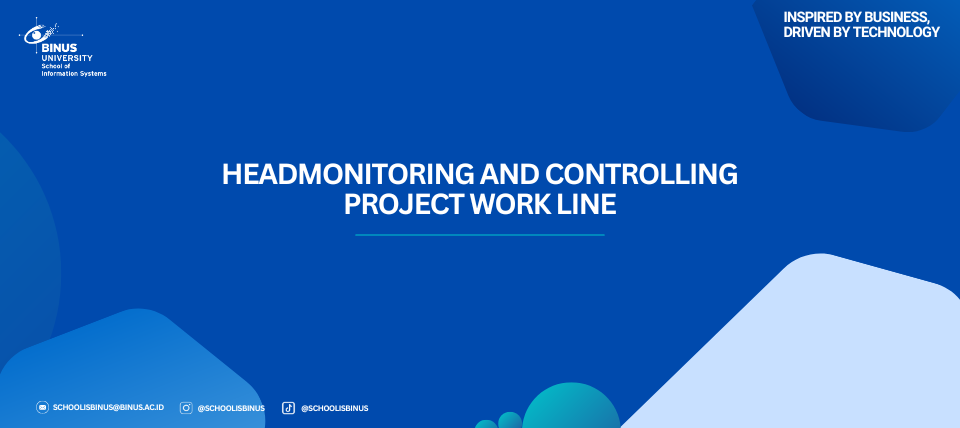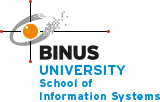Monitoring and Controlling Project Work

Monitoring and controlling project work is a crucial aspect of project management that involves overseeing project activities to ensure that they align with the project management plan and meet performance objectives. This process helps project managers identify variances from the plan and implement corrective actions as necessary.
Purpose of Monitoring and Controlling
The primary goals of monitoring and controlling project work include:
- Ensuring Alignment with Project Objectives: Monitoring helps ensure that the project is on track to meet its goals and objectives as outlined in the project management plan.
- Identifying Variances: By continuously assessing project performance, project managers can identify any deviations from the planned schedule, budget, and scope, allowing for timely corrective actions.
- Facilitating Decision-Making: Monitoring provides essential data and insights that inform decision-making processes, enabling project managers to make informed choices regarding resource allocation, risk management, and project adjustments.
Key Activities in Monitoring and Controlling
The monitoring and controlling process involves several key activities:
- Collecting Performance Information: This includes gathering data on project performance metrics, such as progress against the schedule, budget expenditures, and quality of deliverables. This information is crucial for assessing the project’s health.
- Measuring Performance: Project managers must measure actual performance against the planned performance baselines (schedule, cost, and scope). This involves using various performance measurement techniques, such as Earned Value Management (EVM), to evaluate project progress
- Analyzing Trends: Analyzing performance data over time helps identify trends and patterns that may indicate potential issues or areas for improvement. This analysis can inform proactive measures to enhance project performance.
- Implementing Changes: When variances are identified, project managers must determine the appropriate corrective or preventive actions. This may involve updating the project management plan, reallocating resources, or adjusting project schedules.
Inputs for Monitoring and Controlling
Several inputs are essential for effective monitoring and controlling of project work:
- Project Management Plan: This document serves as the baseline for monitoring project performance. It outlines the project’s objectives, deliverables, schedules, and budgets, providing a reference point for assessing progress.
- Project Documents: Various project documents, such as risk registers, issue logs, and change requests, provide context and details necessary for monitoring project activities.
- Work Performance Information: This includes data on project progress, such as completed tasks, expenditures, and quality metrics, which are critical for evaluating project performance.
- Enterprise Environmental Factors: External factors, such as organizational culture, market conditions, and regulatory requirements, can influence project performance and must be considered during monitoring and controlling.
- Organizational Process Assets: These are the historical data, templates, and lessons learned from previous projects that can inform current project monitoring and controlling efforts.
Outputs of Monitoring and Controlling
The monitoring and controlling process generates several important outputs:
- Work Performance Reports: These reports summarize project performance data and provide insights into the project’s status, including progress against the schedule and budget.
- Change Requests: If monitoring reveals that changes are necessary to align the project with its objectives, formal change requests may be generated to modify the project management plan or other project documents.
- Updates to Project Management Plan and Documents: Based on the findings from monitoring activities, the project management plan and related documents may need to be updated to reflect changes in scope, schedule, or budget.
Continuous Monitoring
Continuous monitoring is essential for effective project management. Project managers should regularly review project performance and adjust as needed. This proactive approach helps ensure that the project remains on track and can adapt to changes in circumstances or requirements.
References:
Schwalbe, K. (2019). Information technology project management (9th ed.). Cengage.

